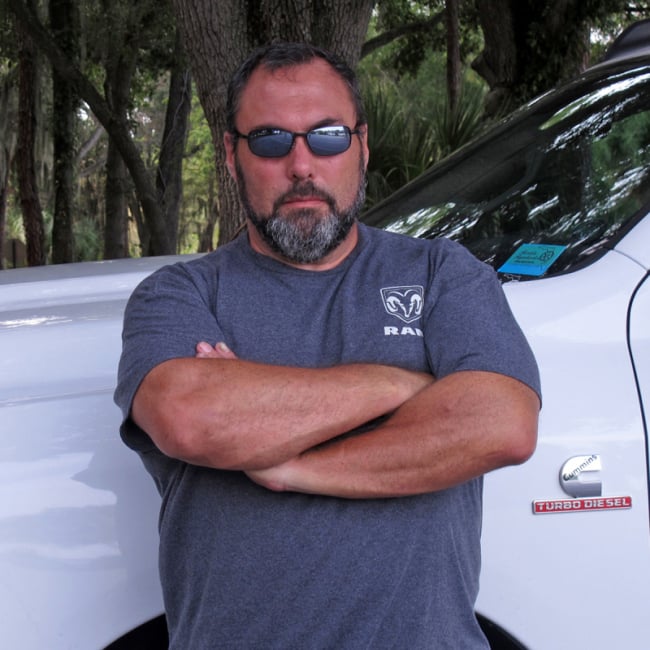
There is no arguing the great looks of a Tri-Five Chevy. But, when looking up close, the details like body panel alignment can make even a great car look less than stellar.
Classic cars are known for having style, typically, a lot of horsepower, and body lines with character that will eclipse almost any new car being built today. Whether your reasoning for building or owning a classic is for the power or good looks, one thing for certain is that a properly-assembled car is the goal everyone wants to attain. Every day, there is an enthusiast somewhere heading out to the garage to work on his classic, and many times, that daily work involves the body of the car.
During a restoration or rebuild, the body will certainly be disassembled to some degree, and then need to be reassembled. Unfortunately, if the hood hits the fender when you close it after reassembly, or you have to slam the door to so it will shut, you’ll never be satisfied. That means panel alignment is crucial. To help those of you working on one of Chevrolet’s Tri-Fives, the guys at Real Deal Steel have put together a short tutorial about how to properly adjust the gaps of these popular classics. In fact, you can actually check out the step-by-step process by clicking here.
It’s no secret that panels that are not properly aligned, can actually make a great paint job look sub-par, so making sure that this area of a build is perfect before applying the shiny stuff is crucial. Let’s face it, when all of the cars at a show are nearly perfect, the difference between winning and Second Place can be misaligned body panels.
This Real Deal tutorial will map out the proper procedure to get all the gaps of any Tri-Five even, and the doors shutting like new – if not better. Remember, you will want to adjust all your gaps before the bodywork gets started. That is because sometimes it might even take more than just shims and adjustments to get the gaps perfect. This isn’t always the case, but why wait to find out you need to bend or grind sheetmetal after it’s been painted.
The car’s quarter-panels, firewall, and rockers are part of the rigid body, but that doesn’t mean adjustments can’t be made. According to Real Deal Steel, even the cowl can be adjusted to improve door and hood gaps.
With a little patience, some simple hand tools, and even a little elbow grease, your ’55, 56, or ’57 Chevy can have body gaps that will even impress a professional restoration guy. Keep in mind, a perfect paint job can’t hide body panels that are not properly aligned, and this misalignment can even affect the trim on your ride. So, get it right from the beginning.
Check out the tutorial from Real Deal Steel, and find out how easy it is to get your classic Chevy’s panels aligned.


















